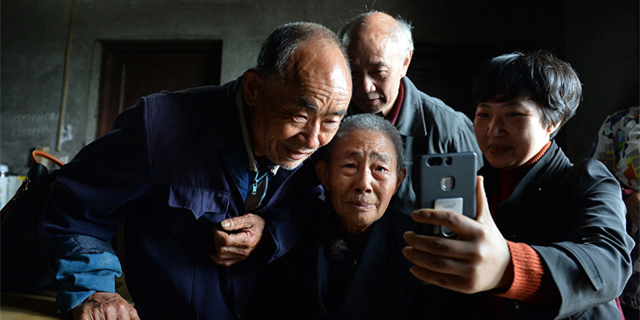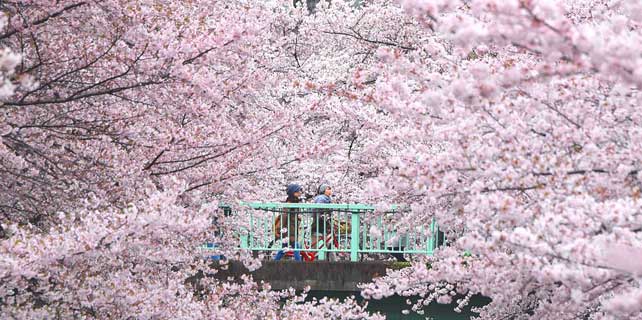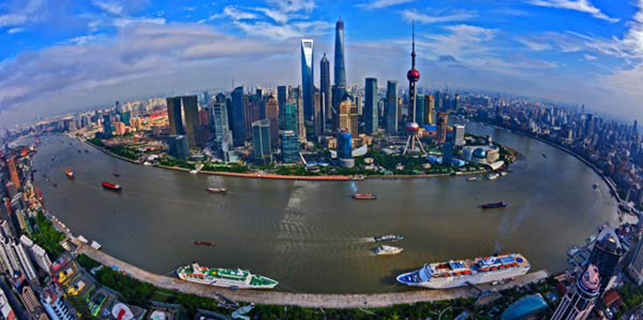Chinatown is a living example of 'fortitude and resilience'
Forgetting history is a betrayal. Failing to remember the history of Asian Americans' battle for equality could result in a reoccurrence of discrimination and prosecution against Asian Americans.
Fortunately, we now have an opportunity to review a dark chapter of the early 1990s in San Francisco when Asian Americans were treated as inferiors but rose up as a group to prevail.
Tucked away in a serene neighborhood adjacent to the hustling financial district, the Chinese Historical Society of America is now hosting an exhibit titled Earthquake: The Chinatown Story.

Curators said they initiated the exhibit to commemorate the April 18, 1906, San Francisco earthquake which literally left much of the city in ashes. The specific focus of the exhibit is the rebuilding of the earthquake-ravaged Chinatown.
According to archives, the devastating earthquake caused widespread fires and broke water mains, but it did not damage any major structures in Chinatown.
"Soldiers used explosives to create a firebreak," the exhibit notes read. "By 4 pm, the troops demolished the buildings on Kearny and Clay Streets. Unfortunately, instead of stopping the fire, the explosions caused new fires. By April 19, all of Chinatown was reduced to a heap of ashes. The fire burned for four days and four nights."
Because of Chinatown's geographic location - the hill behind was an effective wind barricade and in front was a breathtaking view of San Francisco's port and the bay - the area had been coveted by Western developers long before the earthquake.
In February 1905, the San Francisco-based Merchants' Association Review claimed that "San Francisco may be freed from the standing menace of Chinatown, and plans have been arranged, and a corporation formed to turn the Chinese Quarter into a business section and build a new Oriental City on the bay shore."
Other interest groups around the Bay Area also used the post-quake moment to market the idea of removing Chinese people from their communities.
In a column titled Let us have no more Chinatowns in our cities published in the Oakland Enquirer on April 23, 1906, a writer proposed that "never in the past has there been such opportunity as now to forever do away with the huddling together of Chinese in districts where it is undesirable, from the standpoint of civilization, to permit the lower and vicious classes of Orientals to congregate."
The author continued, "the opportunity should be promptly seized and vigorously prosecuted to the end that no more Chinatowns should be permitted to exist in San Francisco, Oakland, San Jose, Berkeley, Alameda or other nearly cities."
Historically, properties in Chinatown were expensive. Owners at the moment that Chinatown was burnt down managed to eventually sell the lands to rich Westerners for construction of opulent residences, and force Asian-American residents to relocate.
As soon as the then-San Francisco mayor Eugene Schmitz decreed Chinatown's destruction and announced a proposed relocation site in Cow Palace, leaders in the Chinese community mobilized to fight back.
Editor Ng Poon Chew of Chung Sai Yat Po, a Chinese-language newspaper that resumed operations after the quake, suggested a three-pronged strategy to preserve Chinatown's location: hire attorneys to protect the interests of Chinese residents; rebuild immediately without waiting for city approvals; and sign new leases with Caucasian landlords to expedite reconstruction.
"If we try our best to fight to stay, who knows who will win in the end?" Ng wrote. "If we are united, if we help ourselves and help each other, we can make the difficult possible."
Chinese protests went further and got fiercer. According to a 1906 report in the Oakland Tribune, Gee Gam, pastor of the First Chinese Congregational Church, called the proposed plan downright oppression of Chinese Americans: "Why should they be singled out?"
Unified, Chinese merchants wasted no time in rebuilding Chinatown and created a brand new landscape with "survivors' spirit of fortitude and resilience", said the curator of the exhibit.
Contact the writer at junechang@chinadailyusa.com.









